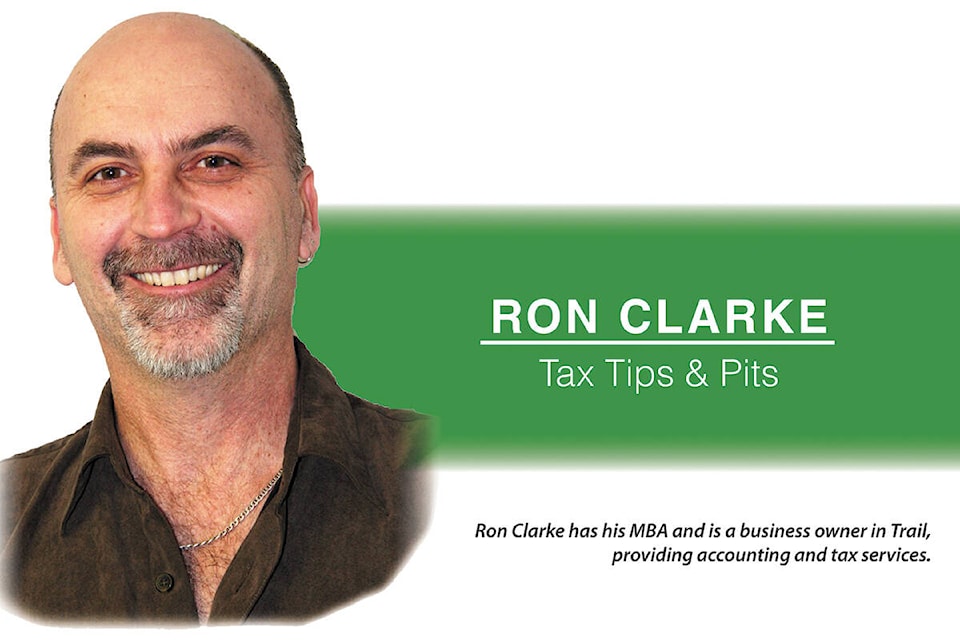by Ron Clarke
I’ve filed.
I’m all good for another year, right?
Let’s start with these facts.
After you file your tax return, be confident in knowing that Canada Revenue Agency (CRA) will not send or request a payment by e-transfer or prepaid card, CRA will not leave personal information on a phone or with someone else, CRA will not request you to meet a representative at some described location, and CRA will not threaten police action or arrest.
What CRA will be, is proactive after you file your tax return.
To ensure a tax return is not assessed prematurely, CRA has a “pre-assessment review” program.
That is, after filing but before assessing the tax return, CRA may ask for supporting documentation.
The pre-review is a targeted action to save time by catching basic errors, omissions, or conflicting information on file with CRA.
By reacting quickly to CRA’s request, if necessary, things will be adjusted and move forward as if the tax return had been filed correctly.
If nothing triggers a pre-assessment review, the tax return is assessed by CRA, possibly with minor adjustments if errors are identified in calculations, transfers, or carry forward amounts for example, and the Notice of Assessment (NoA) forwarded to the taxpayer either by mail or on-line through My Account if set up with CRA.
The NoA explains any adjustments made by CRA to the tax return as it was filed.
Also included may be a request for instalment payments.
This is generated if an assessment of $3,000 or more is due at the time of filing.
CRA assumes the same thing is going to occur this current year as what transpired in the prior year and asks for quarterly payments in advance.
Simply put, CRA wants the tax revenue sooner rather than later.
It’s best not to ignore the instalment request unless this past year was a one-off year that will not be repeated, and the current year is back to normal.
If this is the case, the instalment requirement may not be applicable and a call to CRA to explain the situation is likely in order.
If quarterly instalments are not remitted and should have been, penalties and interest will be charged effective the due date of each instalment.
If instalments are remitted and it’s more than is necessary, CRA will refund the difference next April.
After assessment, CRA has its “matching program.”
CRA’s super computers identify tax slips that are on file with CRA but not reported or are reported differently on the taxpayer’s assessed tax return.
The other situation is when a taxpayer has reported a tax slip that is not on file with CRA.
The taxpayer is asked to clarify the information reported or not reported, and CRA adjusts as necessary.
This matching takes place after assessment, so any necessary adjustment often results in a reassessment completed by CRA.
CRA also conducts its formal “review program” that runs throughout the year, and in fact CRA can review tax returns from the six prior tax years.
As opposed to a targeted audit of a taxpayer, this is random taxpayer selection that essentially tests to make sure Canadians are self-assessing and filing accurate tax returns.
In essence, CRA presents the review program as an education program for taxpayers.
Again, if reviewed, respond completely and promptly to the request from CRA because if not, whatever is being reviewed will be removed and your tax return reassessed accordingly.
To reinstate what was removed, a T1 adjustment has to be filed.
Then there is the CRA “audit”…
Enough said on that one?
Ron Clarke, owner of JBS Business Services in Trail, provides accounting and tax services.
